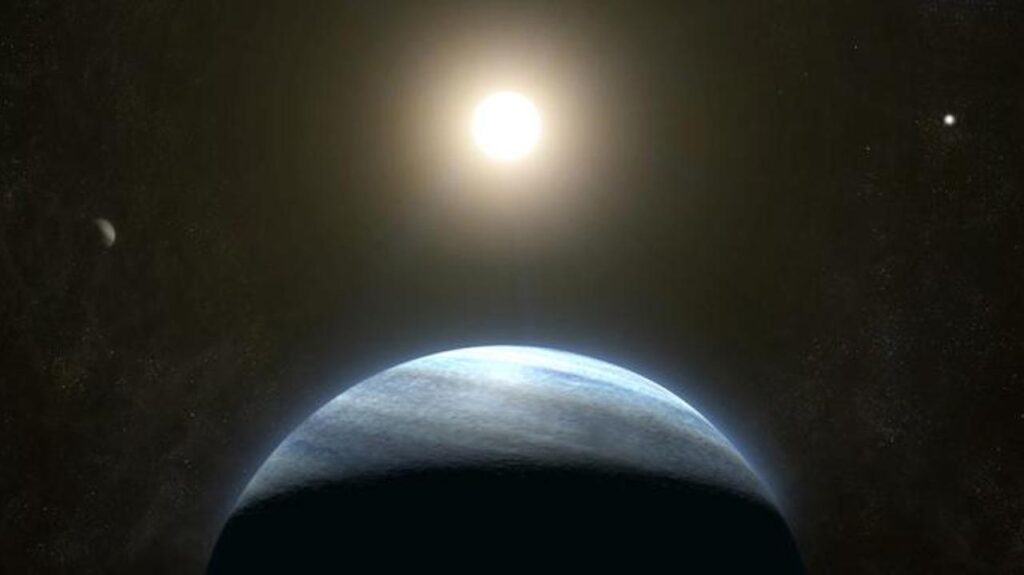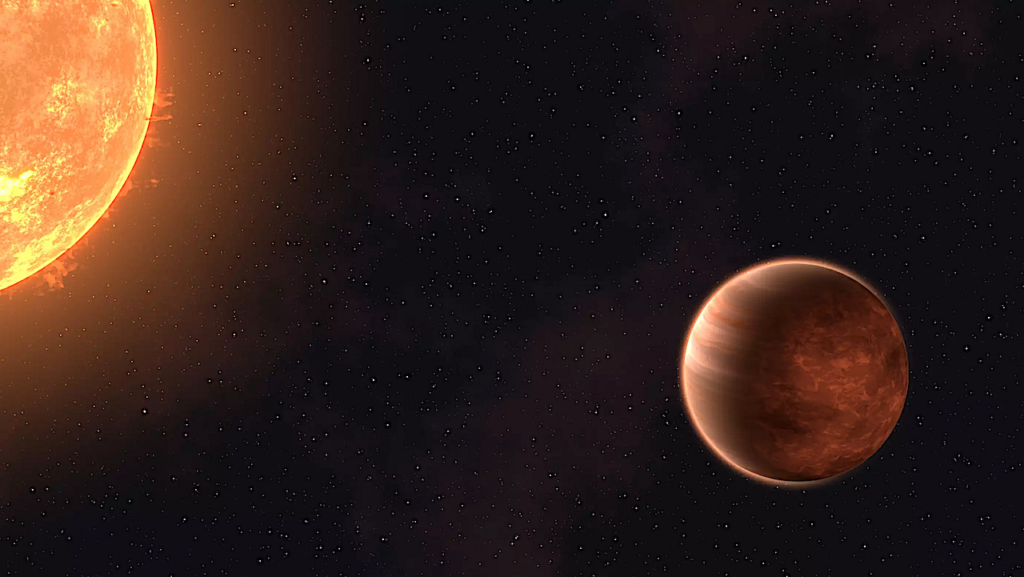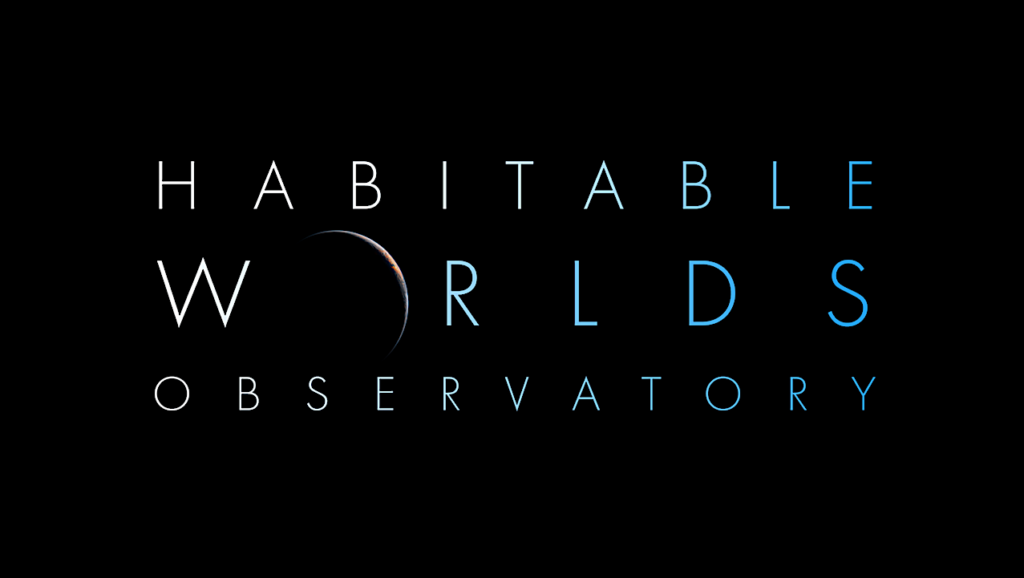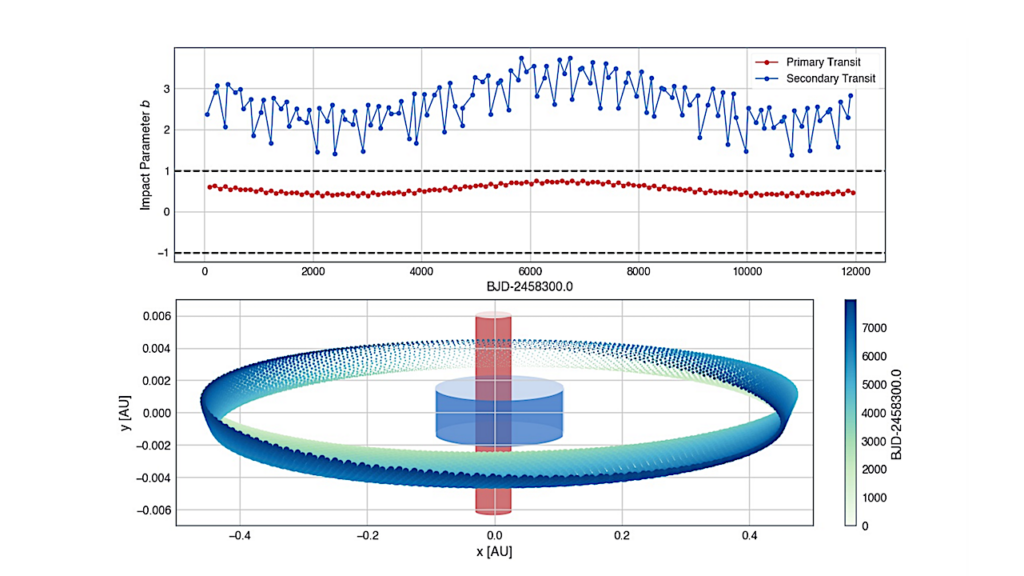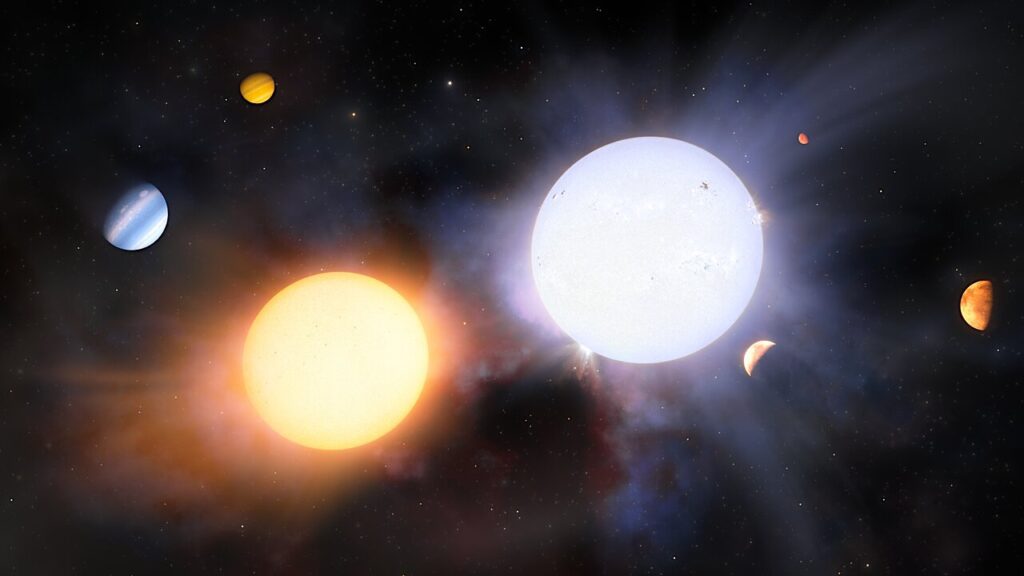Postulating Exoplanetary Habitability via a Novel Anomaly Detection Method

A profound shift in the study of cosmology came with the discovery of thousands of exoplanets and the possibility of the existence of billions of them in our Galaxy. The biggest goal in these searches is whether there are other life-harbouring planets.
However, the question which of these detected planets are habitable, potentially-habitable, or maybe even inhabited, is still not answered. Some potentially habitable exoplanets have been hypothesized, but since Earth is the only known habitable planet, measures of habitability are necessarily determined with Earth as the reference. Several recent works introduced new habitability metrics based on optimization methods. Classification of potentially habitable exoplanets using supervised learning is another emerging area of study. However, both modeling and supervised learning approaches suffer from drawbacks.
We propose an anomaly detection method, the Multi-Stage Memetic Algorithm (MSMA), to detect anomalies and extend it to an unsupervised clustering algorithm MSMVMCA to use it to detect potentially habitable exoplanets as anomalies. The algorithm is based on the postulate that Earth is an anomaly, with the possibility of existence of few other anomalies among thousands of data points. We describe an MSMA-based clustering approach with a novel distance function to detect habitable candidates as anomalies (including Earth). The results are cross-matched with the habitable exoplanet catalog (PHL-HEC) of the Planetary Habitability Laboratory (PHL) with both optimistic and conservative lists of potentially habitable exoplanets.
Jyotirmoy Sarkar, Kartik Bhatia, Snehanshu Saha, Margarita Safonova, Santonu Sarkar
Comments: 12 pages, 3 figures, submitted to MNRAS
Subjects: Earth and Planetary Astrophysics (astro-ph.EP); Instrumentation and Methods for Astrophysics (astro-ph.IM); Machine Learning (cs.LG)
Cite as: arXiv:2109.02273 [astro-ph.EP] (or arXiv:2109.02273v1 [astro-ph.EP] for this version)
Submission history
From: Margarita Safonova Dr.
[v1] Mon, 6 Sep 2021 07:51:08 UTC (97 KB)
https://arxiv.org/abs/2109.02273
Astrobiology


